Roll the clock back to March 2020, and referees were offered some important new guidelines for their officiating at the breakdown. Such guidelines, designed to clarify refereeing priorities and key ‘triggers’ for penalty decisions without changing the law itself, have become increasingly important in the modern game:
LAW 14: Tackle
5. Tacklers must:
d. Allow the tackled player to release or play the ball.
* Ball player must place or play the ball immediately – the ball player should not be allowed time for a second movement such as rolling, crawling, bouncing etc.
* When the ball-carrier’s knee touches the ground, the tackler must release immediately.
That phrase in bold type only lasts two lines on paper, but it makes a very large difference indeed on the pitch. Before the adjustments in breakdown refereeing were made, this kind of action was possible prior to the ball being placed:
The clip comes from the beginning of the 2019 World Cup semi-final between England and New Zealand. England number 6 Tom Curry takes the ball into contact, and when first he goes to ground the Kiwi number 7 Ardie Savea is hovering directly above him, ready to pilfer the ball:
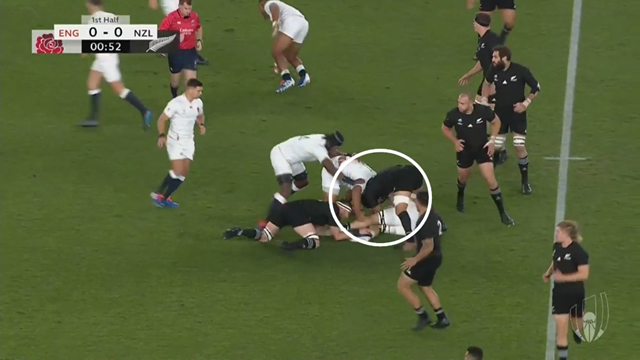
A second roll on the deck by Curry takes the ball away from Savea, breaching the gain-line and leaving Ardie out of the play on the ground and the tackler (number 8 Kieran Read) momentarily out of play ahead of the ball. It provides a spark for England attacking momentum, enabling the men in white to break the line out wide on the very next phase.
The new refereeing guidelines changed all that by disallowing any kind of second move on the ground after the ball-carrier had been tackled. Here are two examples from the first round Super Rugby Pacific 2023 game between the Waratahs and the Brumbies:
In the first clip, New South Wales number 8 forward Charlie Gamble performs the double roll in order to prevent his opposite number Pete Samu from establishing position above him and zeroing in on the ball. The extra roll on the deck moves the ball forward and out of Samu’s grasp, and that attracts a penalty from referee Nic Berry.
The second instance shows a slightly different version of the same second move. In this case, Waratahs’ back-rower Will Harris ‘rabbits’, or ‘bounces’ forward on the floor instead of rolling in order to take ball away from Nic White’s jackaling attempt, and that draws another shrill blast from Nic Berry’s whistle.
In both cases, the ball-carrier is temporarily disconnected from his support players and has to ‘do’ something on the ground to stop a turnover of possession. Another match from the first round of the new Super Rugby season suggested what the best solution may be for a ball-carrier suffering from isolation:
Queensland full-back Jordie Petaia is caught behind his first support player (Fraser McReight, in the red and white hat) as the Hurricanes’ counter-ruck passes beyond him. Instead of making a second move on the ground, he releases the ball directly underneath his body, and gets up on his feet to play the ball again.
A second example involved the Canes number 7 Peter Lakai in the second half:
Lakai is once again isolated behind his support when the tackle is made by the Reds’ centre Hunter Paisami. Lakai is fully entitled to release the ball and reload on to his feet, and that action protects the ball from a pilfer by Paisami:

By the time Paisami can engage as a jackal, the Canes support is in place and a ruck has been formed. One final example occurred in the final 10 minutes of the match:
In this instance, McReight receives a scrappy lineout ball with his forwards in front of him, and the antidote to a potential jackaling attempt by the Hruricanes’ hooker (number 16 Asafo Aumua) is to release the ball underneath his body and pick it up again in one seamless action. That moves the ruck five metres further upfield and away from the threat of turnover.
The dialogue between adjustments in law and refereeing focus on the one hand, and professional coaching responses on the other is in an ongoing state of ‘conversation’. The recent changes in officiating guidelines at the breakdown outlawed a second move on the deck, and reduced the options at presentation for the ball-carrier.
Summary
Coaches are already responding by asking their ball-carriers to release the ball, regain their feet quickly and play it again when isolated or under threat from a defender. They have found a new way to get a second bite at the breakdown cherry for the attack. It can only help build the speed and playability of the game at professional level.
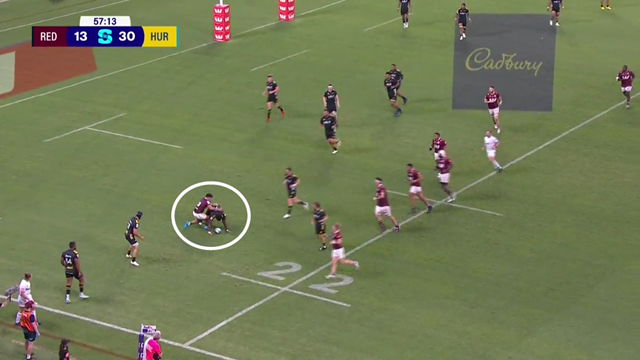


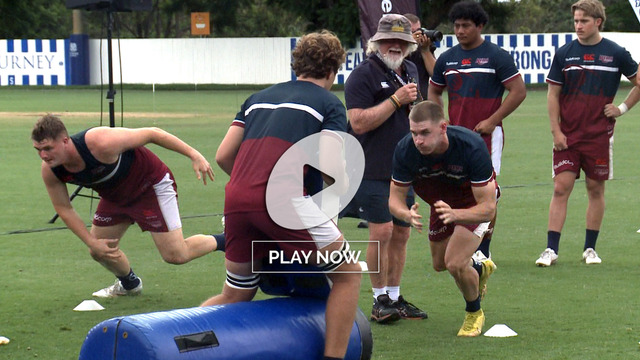
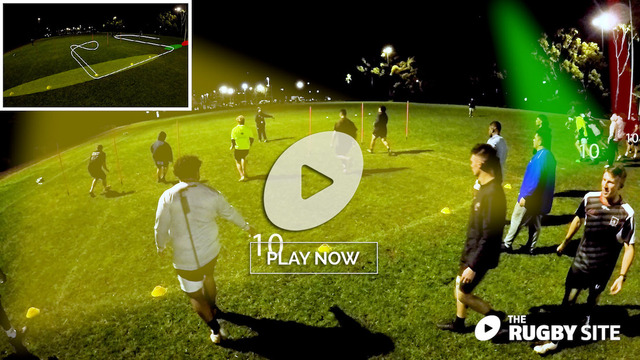

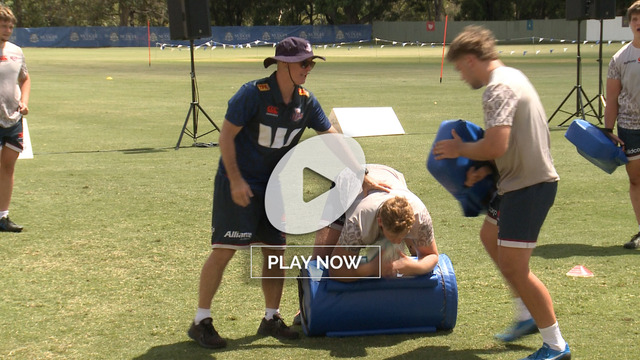
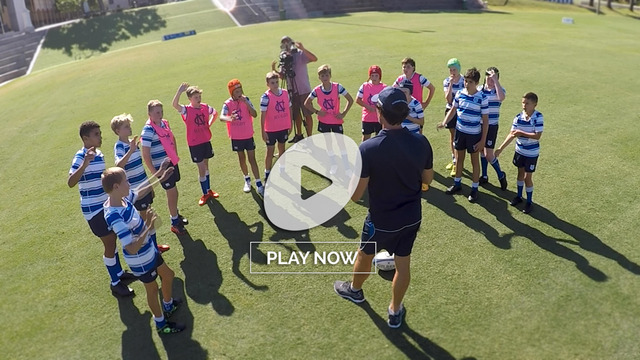
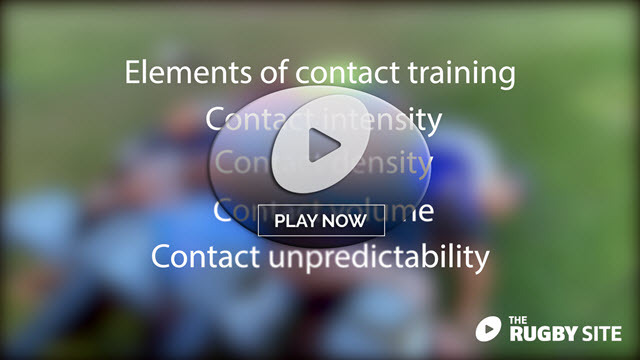
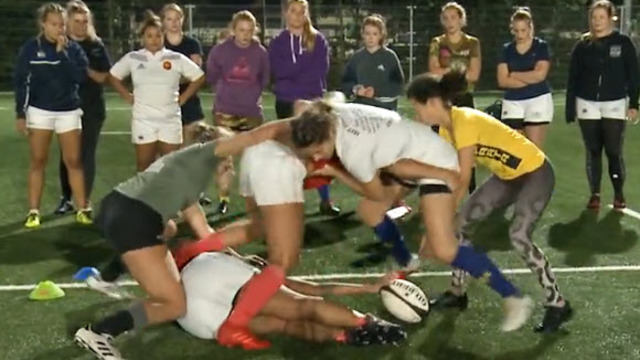

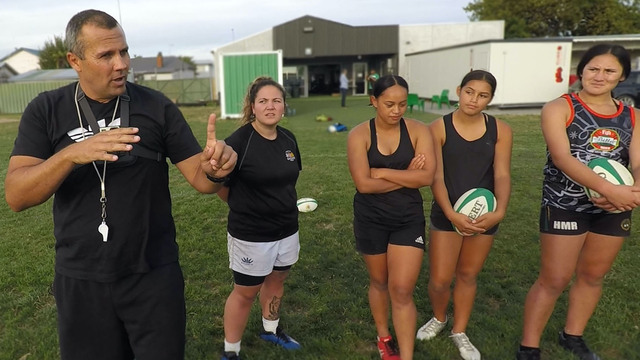

.jpg)
.jpg)
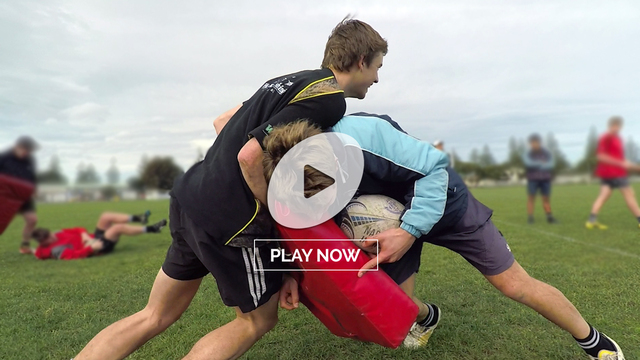
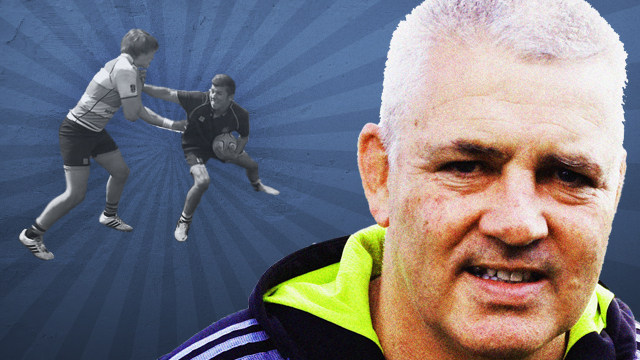
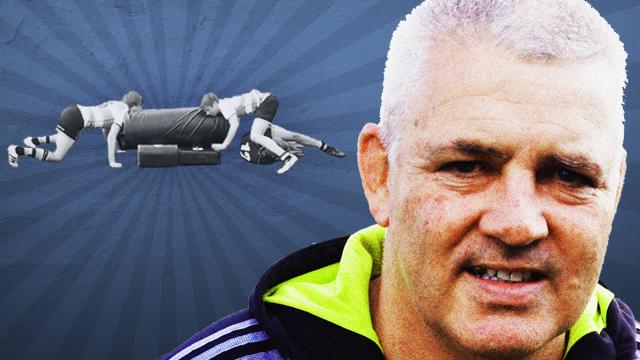

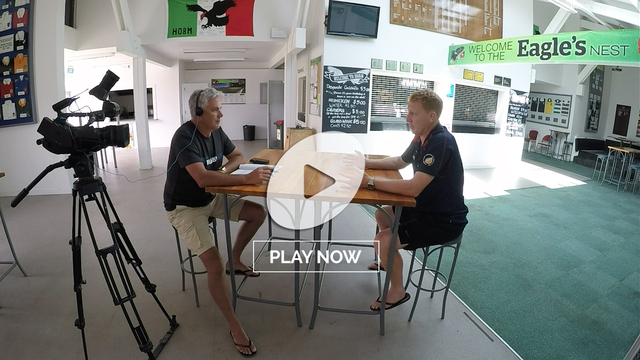
_no_button.jpg)

